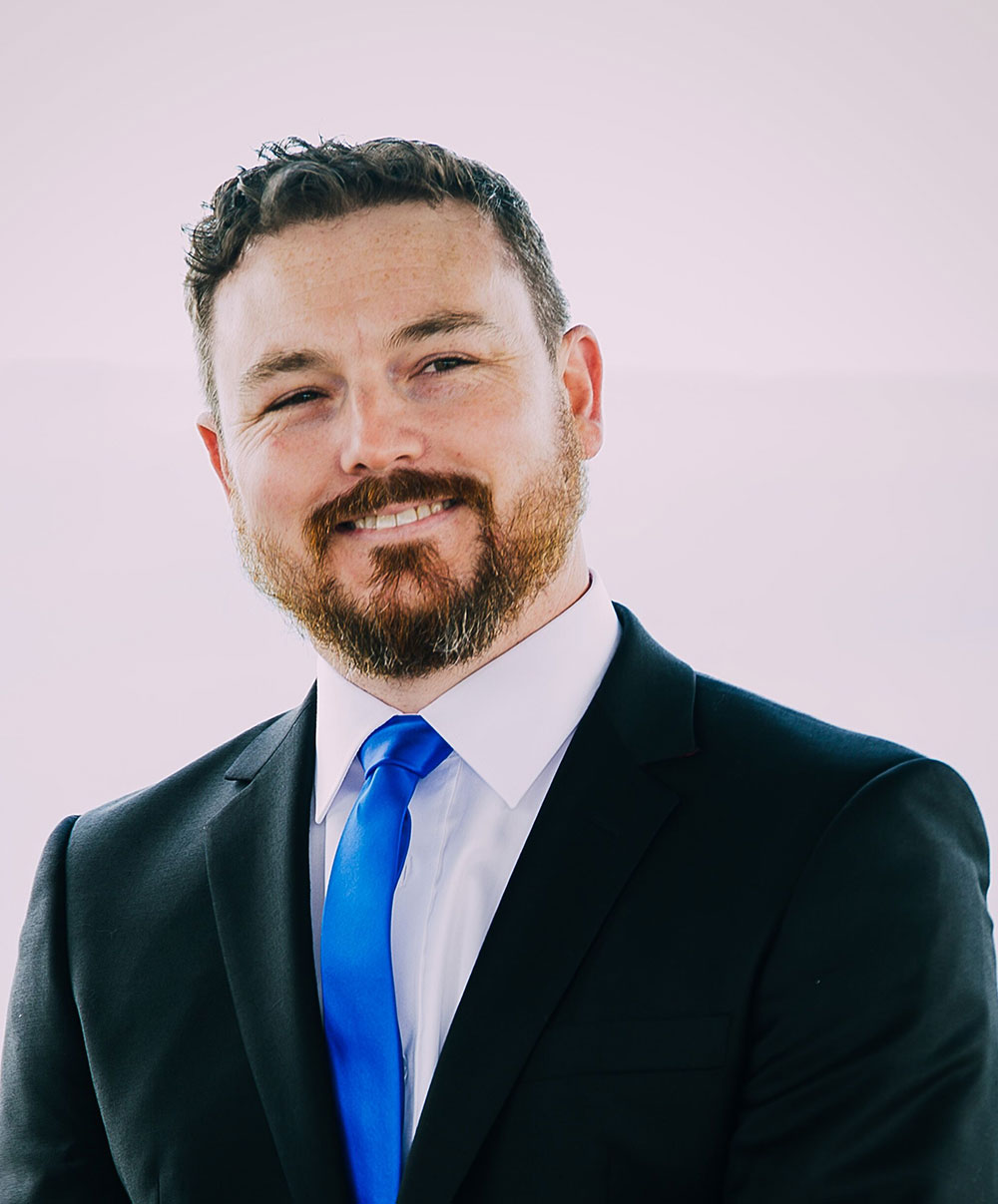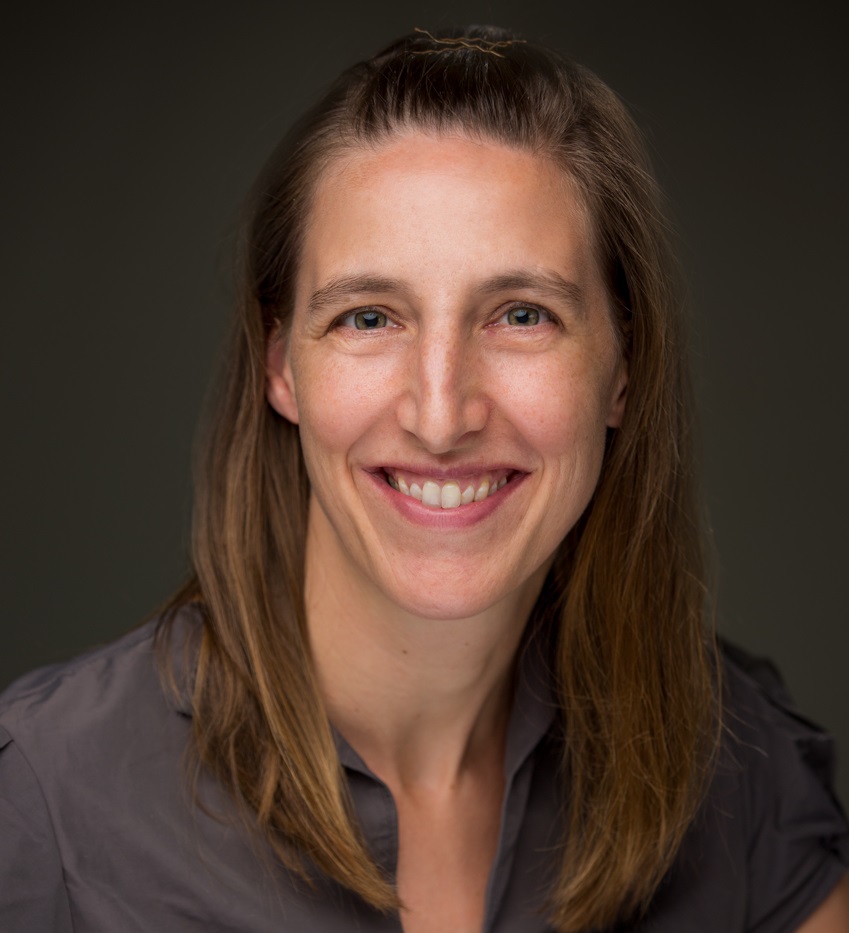Prescribing multiple medicines and medicine sharing are common practices – probably much more so than most health professionals realise. To reduce overdose deaths, pharmacists need to find ways to emphasise the importance of medicine safety without judgement.
On International Overdose Awareness Day (31 August), it was announced that 3,000 lives were saved in the first year of the Take Home Naloxone (THN) program – with pharmacists distributing over 90% of the naloxone supplied under the program.
However, findings from the Pennington Institute’s Annual Overdose Report 2023 reveal more needs to be done to curb overdose risk.
Unintentional drug overdose deaths have skyrocketed by 71% in 20 years (2001–2021). More than two-thirds of all unintentional drug-induced deaths involved two or more drug types (72.5%), with benzodiazepines increasingly implicated in these deaths.
Another 2023 study revealed most (70%) of non-prescribed benzodiazepines are obtained from family or friends, making it difficult to know who is taking these medicines.
‘More Australians are using more medicines than ever before, and prescribing multiple medicines to manage health conditions is increasingly common,’ said PSA National President Dr Fei Sim FPS.
‘As health professionals, we need to expand the way we assess risk. We need to recognise that medicine sharing happens and should form a routine part of all patient conversations about risk.’
Considering medicine sharing when assessing overdose risk
Health professionals place trust in the accuracy of objective information available to them when assessing risk – such as dispensing histories, Real Time Prescription Monitoring (RTPM) systems and letters from doctors. However, these do not tell the full story.
Sharing of medicines between family and friends or purchasing medicines from individuals is common, and something most health professionals don’t routinely consider when thinking about overdose said opioid dependence expert Jarrod McMaugh MPS.
‘While most pharmacists probably recognise diversion of pharmacotherapy such as opioids or benzodiazepines occurs, most of us probably aren’t routinely asking questions about this when interacting with patients,’ he said.
It’s important to routinely ask effective questions to elicit this information as part of consultation during dispensing and other instances of professional attendance, such as staged supply or witnessed dosing of pharmacotherapy.
‘Asking people “do you ever take medicines not prescribed for you” or “do you ever take medicines more frequently than prescribed?” can help inform conversations about risk,’ Mr McMaugh said.
‘You will probably be surprised by how many people disclose, when asked, that they occasionally or frequently take prescription medicines not prescribed to them.’
It’s vital when you receive this information that you don’t immediately attempt to correct the behaviour.
‘Rather, you should explain this helps build an understanding of the risks they may be exposed to, and help you tailor your advice to their needs,’ he said.

Providing advice to reduce risk of unintentional opioid overdose
So how do you provide this advice?
Whenever pharmacists are dispensing medicines requiring cautionary advisory label (CAL) label 1 such as benzodiazepines, it’s important to emphasise that they shouldn’t be shared.
Warning patients about heightened overdose risks is essential. ‘I would say, “While you’re taking this opioid medication, there are substantial risks if you use others that cause drowsiness”,’ he said.
Mr McMaugh recommends encouraging people come back for more guidance if they have questions.
‘Providing a safe space for queries or concerns is important. An offer as simple as “if you ever have any questions about using other medicines with this product, I’m always happy to have a chat” helps to reduce the likelihood of self-medicating with a potentially dangerous medicine combination,’ he said.
When patients are prescribed two or more CAL label 1 medicines , such as opioids and benzodiazepines, it’s also important to emphasise that they should be taken exactly as prescribed.
Let’s say a patient is prescribed oxycodone twice a day for pain and diazepam for muscle spasms. Mr McMaugh advises explaining, ‘Regardless of the symptoms you’re experiencing, if you increase the dose of these medicines, the danger increases. So it’s really important to stick with these doses as the maximum.
‘If you’re not getting the benefit you’re expecting, follow up with your doctor and other health professionals, such as psychologists or physiotherapists, involved in your care.’
You should also routinely offer and regularly THN to these patients.
Providing Take Home Naloxone
When patients receive opioids longer term (for at least 2 weeks), a discussion around opioid safety is warranted, said Professor Suzanne Nielsen MPS, Deputy Director of the Monash Addiction Research Centre (MARC).

‘Offering naloxone is a great patient-centred way to initiate the conversation,’ she said. ‘Four out of five patients on long-term opioids for chronic pain have risk factors for opioid toxicity, so taking a broad approach to naloxone supply is best.’
As a general rule, THN should be provided when patients are prescribed opioids at daily doses exceeding 50 mg oral morphine equivalents, or have other risk factors. However, undertaking equivalence calculations are not necessary to offer THN.
Patients could also be directed to resources developed specifically for people prescribed opioids for pain.
‘This means it’s relevant for the patient group, as often information sheets for THN contain information and language targeted [only] to people who use [illicit] drugs,’ said Prof Nielsen.
Showing patients how to use naloxone is also key, along with explaining signs and symptoms of overdose, including:
- central nervous system and respiratory depression
- eye miosis and cyanosis,
- cold and clammy skin
- slow breathing
- difficulty rousing, or gurgling and snoring noises.
Helpful resources from MARC, Turning Point and PSA include:
- Overdose prevention information for people prescribed opioids for chronic pain
- Opioid safety plans
- Why we want you to know about naloxone
- How to save a life with naloxone
Supply of THN should also be individualised based on a person’s risk of overdose, including if they are prescribed an opioid and:
- take other medicines that cause sedation
- regularly drink significant amounts of alcohol.
‘If you are unsure whether a person may need THN, provide THN. If opioids have contributed to an overdose, naloxone will have some impact while the ambulance is on the way,’ said Mr McMaugh.
Pharmacists should advise administering naloxone when an overdose is suspected. ‘Naloxone won’t cause any harm if the patient doesn’t have opioids in their system, but it will absolutely save their life if they do.’






 ‘We’re increasingly seeing incidents where alert fatigue has been identified as a contributing factor. It’s not that there wasn’t an alert in place, but that it was lost among the other alerts the clinician saw,’ Prof Baysari says.
‘We’re increasingly seeing incidents where alert fatigue has been identified as a contributing factor. It’s not that there wasn’t an alert in place, but that it was lost among the other alerts the clinician saw,’ Prof Baysari says.





